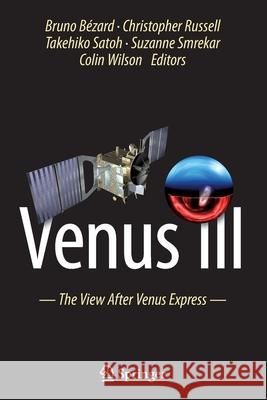Venus III: The View After Venus Express » książka
topmenu
Venus III: The View After Venus Express
ISBN-13: 9789402419382 / Angielski / Miękka / 2021 / 533 str.
Venus III: The View After Venus Express
ISBN-13: 9789402419382 / Angielski / Miękka / 2021 / 533 str.
cena 887,69 zł
(netto: 845,42 VAT: 5%)
Najniższa cena z 30 dni: 848,19 zł
(netto: 845,42 VAT: 5%)
Najniższa cena z 30 dni: 848,19 zł
Termin realizacji zamówienia:
ok. 22 dni roboczych
Bez gwarancji dostawy przed świętami
ok. 22 dni roboczych
Bez gwarancji dostawy przed świętami
Darmowa dostawa!
Kategorie BISAC:
Wydawca:
Springer
Język:
Angielski
ISBN-13:
9789402419382
Rok wydania:
2021
Wydanie:
2020
Ilość stron:
533
Waga:
0.74 kg
Wymiary:
23.39 x 15.6 x 2.77
Oprawa:
Miękka
Wolumenów:
01
Dodatkowe informacje:
Wydanie ilustrowane











